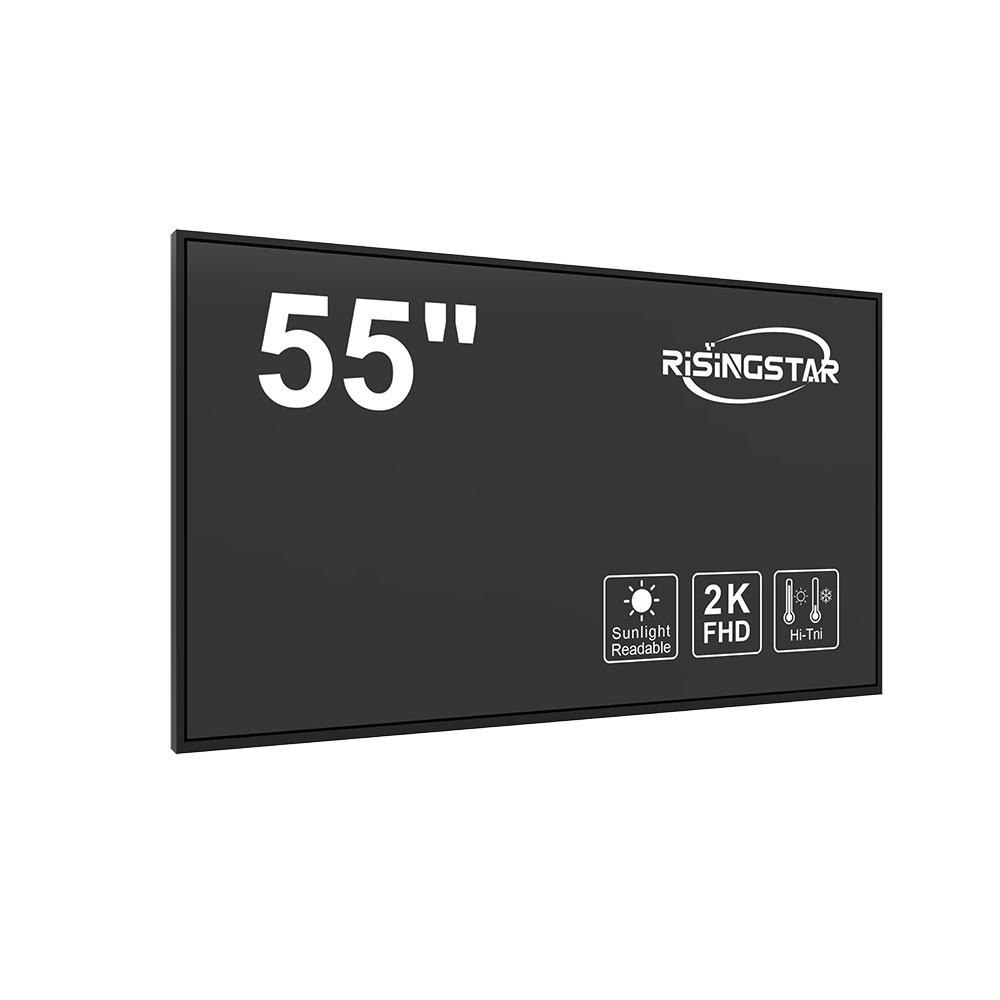
Declaración de privacidad: Su privacidad es muy importante para nosotros. Nuestra empresa promete no divulgar su información personal a ninguna empresa externa sin su permiso explícito.
In the rapidly evolving landscape of industrial, military, and outdoor display technologies, achieving robust environmental protection—especially water resistance—is no longer optional but a critical design requirement. Among the most widely recognized standards for ingress protection is the International Protection (IP) rating system, defined by IEC 60529. For high-brightness sunlight-readable LCDs used in applications such as command centers, transportation systems, construction equipment, and defense platforms, an IP66 rating represents a proven benchmark for durability against both dust and powerful water jets.
An IP66 rating means the device is completely protected against dust ingress (6) and can withstand powerful water jets from any direction (6). This level of protection is essential in environments where displays are exposed to rain, splashing water, pressure washing, or even temporary submersion. According to industry data from the Society for Information Display (SID), over 70% of outdoor LCD deployments fail within five years due to inadequate sealing or poor material compatibility—often because manufacturers overlook rigorous testing protocols during product development.
To achieve IP66 waterproofing in high-brightness sunlight-readable LCDs, several technical steps must be followed meticulously. First, the display module must be sealed using high-quality gaskets made from silicone or EPDM rubber—materials that retain flexibility across wide temperature ranges (-40°C to +85°C) and resist UV degradation. Second, all seams, button holes, cable entries, and connector ports must be sealed with conformal coatings or potting compounds, such as polyurethane or epoxy resins, which prevent moisture penetration without compromising thermal dissipation. Third, mechanical design plays a crucial role: screwless enclosures, flush-mounted buttons, and integrated edge seals reduce potential entry points for contaminants.

Real-world case studies demonstrate the effectiveness of these methods. In a 2021 deployment by a U.S. Department of Defense contractor, IP66-rated LCDs were installed in unmanned ground vehicles (UGVs) operating in desert and jungle conditions. After 18 months of continuous exposure to sandstorms, heavy rainfall, and frequent cleaning cycles, no display failures occurred due to water ingress—a result directly attributed to proper IP66 certification and adherence to MIL-STD-810G environmental testing standards.

Moreover, compliance with ISO 16750-3 (vehicle environmental conditions) and IP66 ratings ensures interoperability with global regulatory frameworks, making it easier for manufacturers to enter markets in Europe, Asia-Pacific, and North America. Testing should follow strict procedures: dust chambers simulate 8 hours of exposure at 10g/m³ dust concentration; water jet tests use a 6.3mm nozzle at 100L/min flow rate, applying 30 minutes of spraying from 3 meters distance at 120° angles. Only then can a display officially claim IP66 compliance.

The integration of IP66 waterproofing does not compromise performance—it enhances it. With reliable sealing, engineers can push brightness levels beyond 5,000 nits while maintaining internal component integrity under thermal stress. This makes IP66-rated displays ideal for direct sunlight readability, especially when combined with anti-reflective coatings and LED backlighting optimized for ambient light sensing.
Ultimately, IP66 waterproofing is not just about meeting a standard—it’s about engineering resilience. Whether deployed on oil rigs, public transit buses, or marine vessels, high-brightness sunlight-readable LCDs with IP66 certification offer unmatched reliability, reducing maintenance costs and increasing operational uptime. As industries demand smarter, more durable displays, IP66 remains a non-negotiable pillar of modern display engineering.
Enviar correo electrónico a este proveedor

Declaración de privacidad: Su privacidad es muy importante para nosotros. Nuestra empresa promete no divulgar su información personal a ninguna empresa externa sin su permiso explícito.